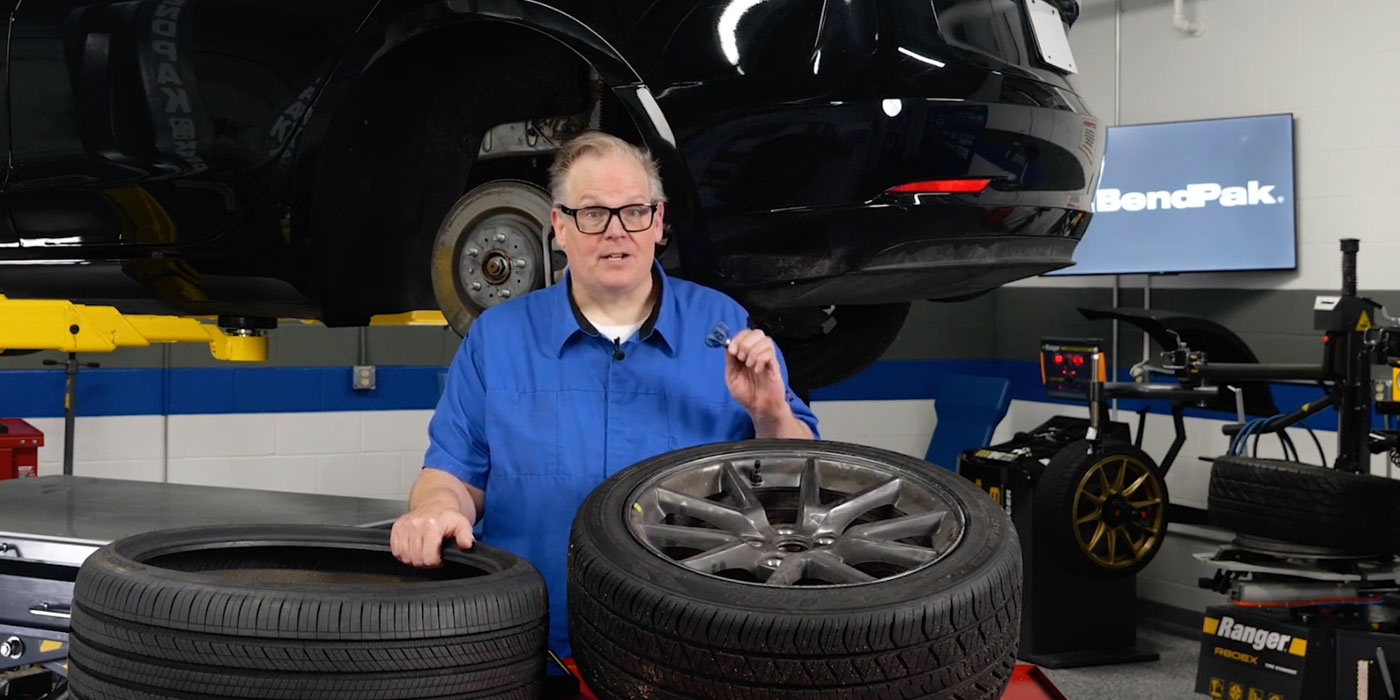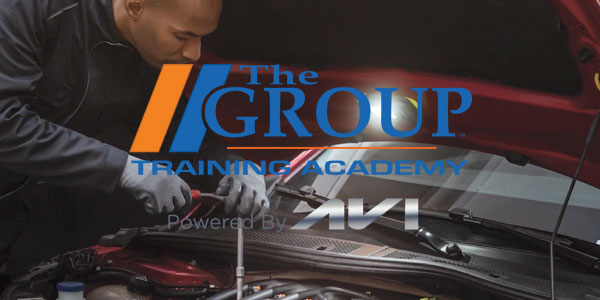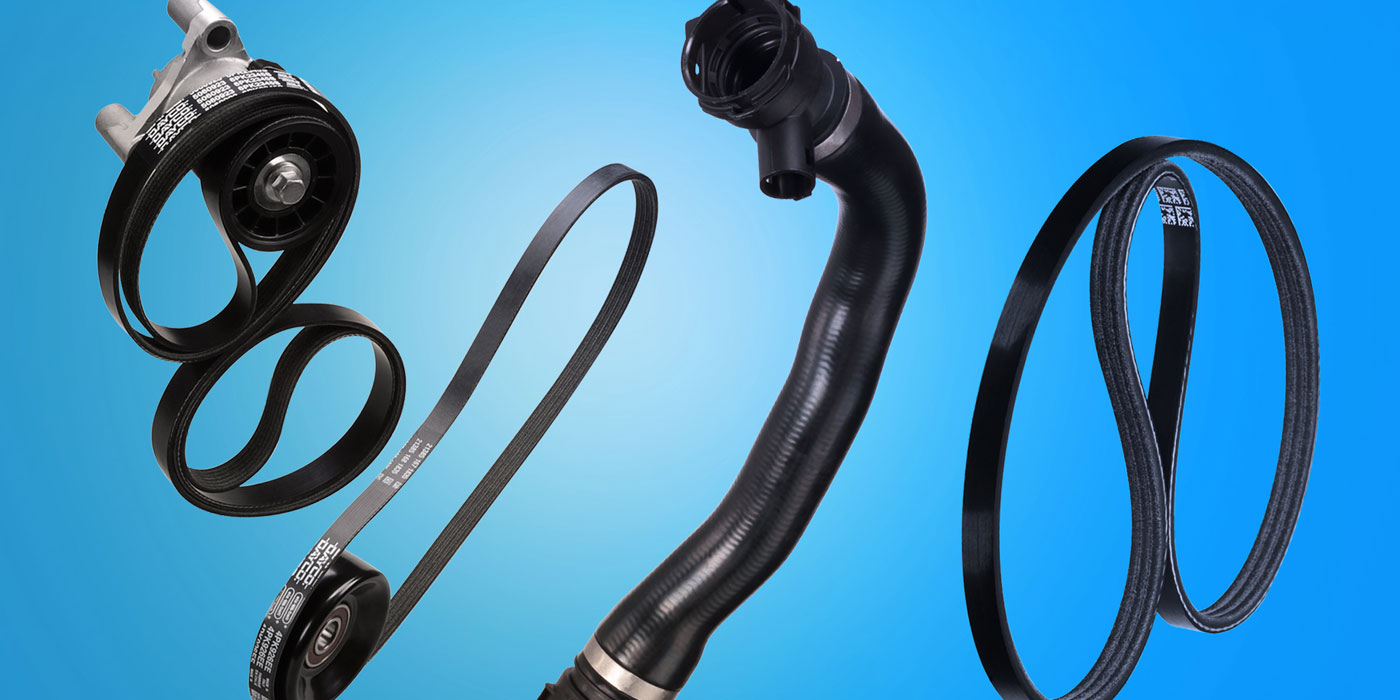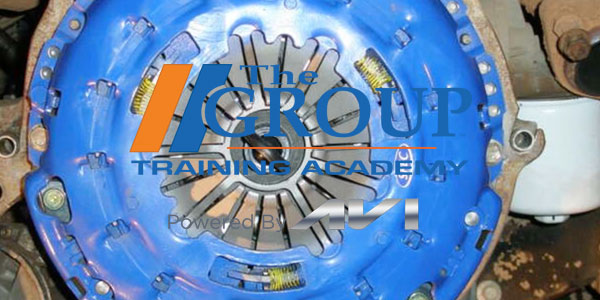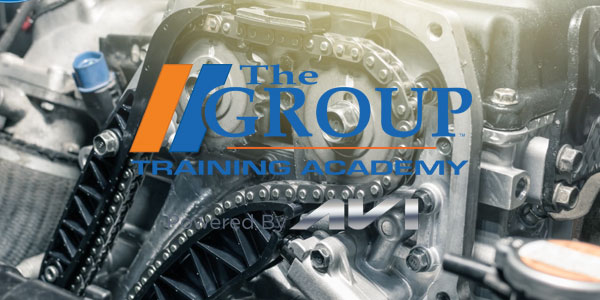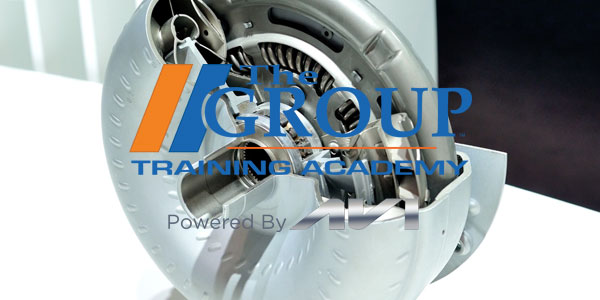When diagnosing a belt noise or wear problem, it is critical to remove the belt and perform a full inspection of the entire belt, both front and back.
If you are looking at the belt on the engine, even at the longest run, you could be missing damage that is localized.
This video is sponsored by Continental.






